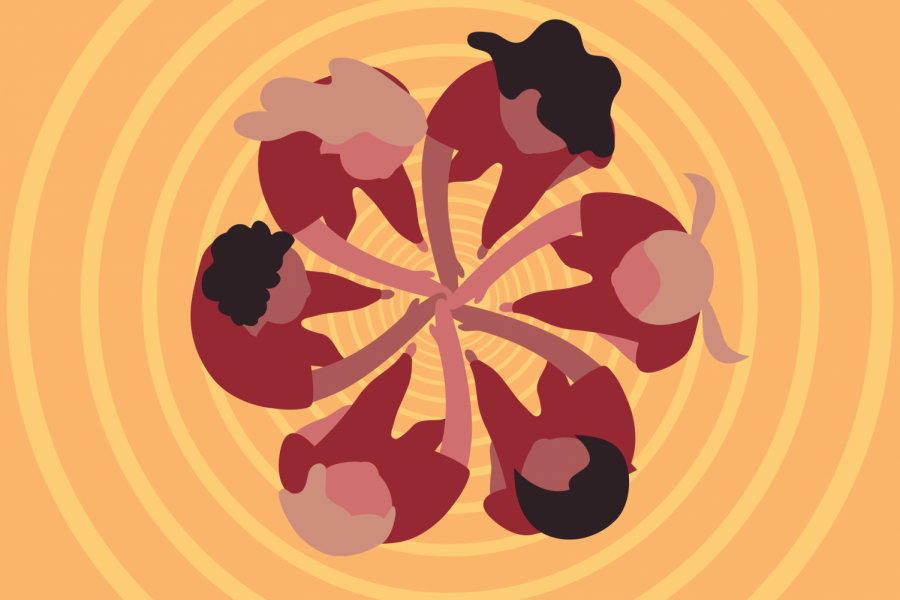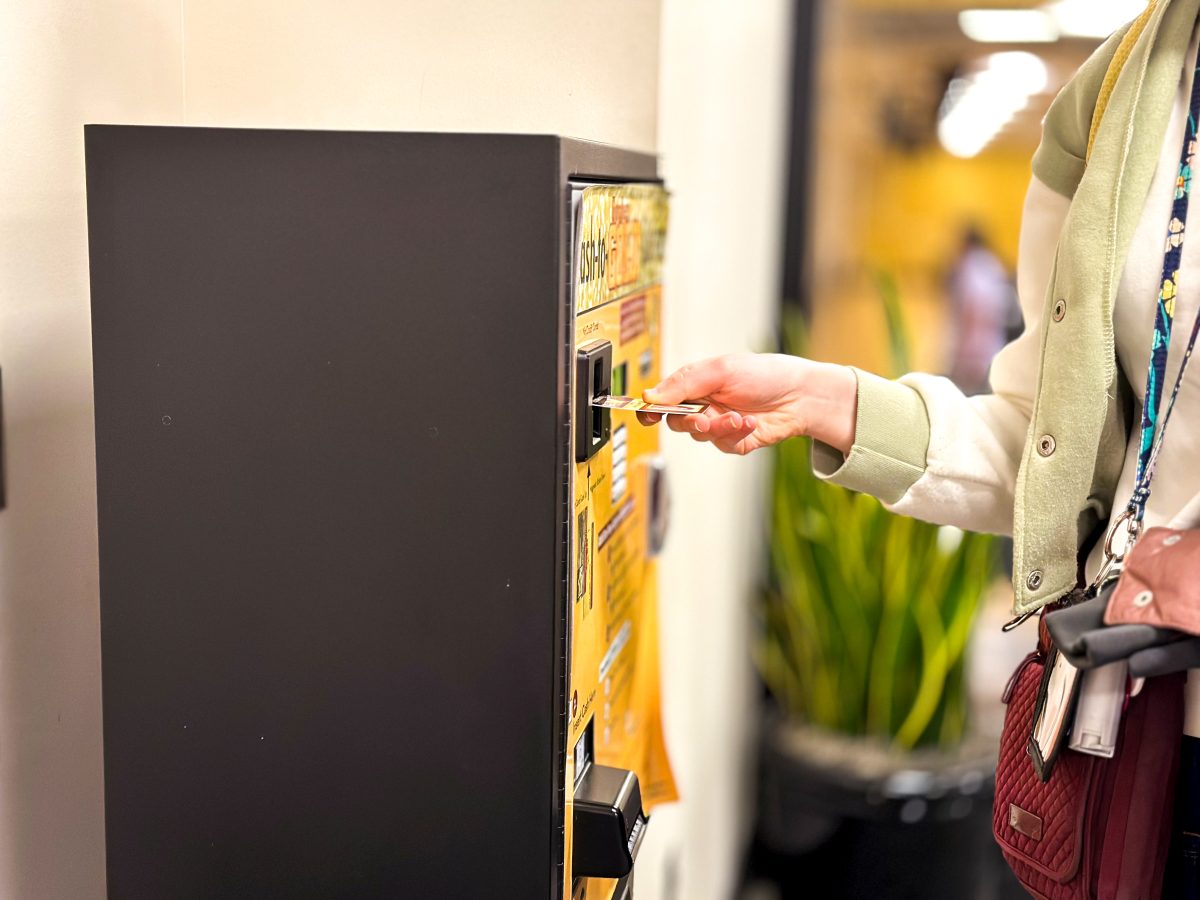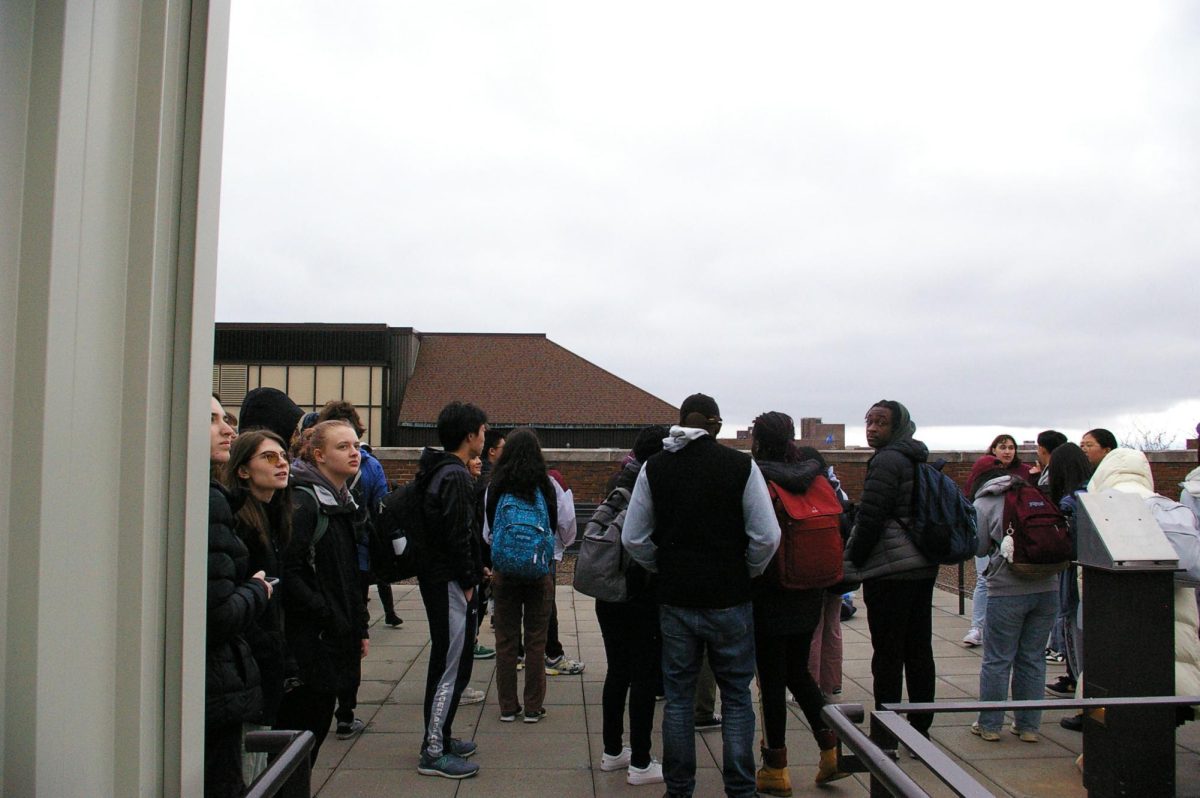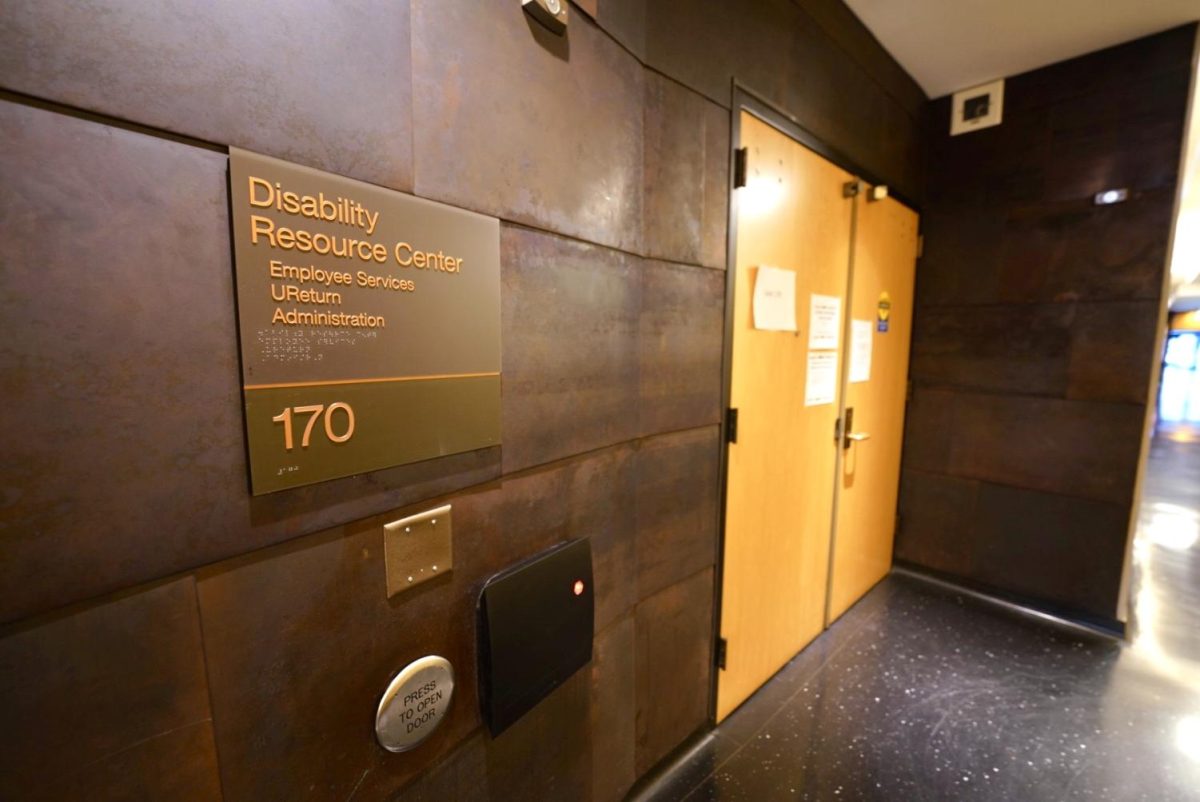The University of Minnesota will be performing a self-assessment and a series of policy changes to improve faculty diversity in STEM as a part of a three-year national initiative.
The University recently joined the IChange Network, which focuses on retention, hiring and recruitment of faculty in underrepresented groups in science, technology, engineering and math.
Nationally, this network consists of more than 50 institutions. The University is one of 19, including four Big Ten colleges, to enter at the end of October. The network is an initiative of the Aspire Alliance, a collaboration between the Association of Public and Land-Grant Universities (APLU) and the Center for the Integration of Research, Teaching and Learning at the University of Wisconsin-Madison.
Although the University has several other initiatives aimed at improving diversity within STEM fields, this support network will likely help to address practices that have not been considered before, said Keisha Varma, associate vice provost of the Office of Equity and Diversity.
“Being a part of this network is really focused on that assessment piece. We’ll spend the whole year doing an assessment, which is amazing,” Varma said. “From looking at some of the questions and things that we have to respond to, there’s going to be things that we haven’t even thought about that we’re doing. And now we’re gonna have a way to document that.”
Comparing faculty diversity to the diversity of the student population shows there is more work to be done, said Michael White, associate dean for academic programs and faculty affairs in the College of Food, Agricultural and Natural Resource Sciences.
“Potentially institutionally, and I don’t mean just at the University but I mean across essentially the whole country, there’s racism that is inherent in things that we don’t even understand that it’s there,” White said.
Improving representation among STEM faculty will also impact students studying in those areas, he said.
“We’ve been working for years to make sure that our faculty look like the students that are coming into the University of Minnesota. That is helpful when students see professors, faculty, that look like them or come from similar backgrounds,” White said.
John Ward, professor and associate dean for undergraduate education in the College of Biological Sciences echoed these thoughts.
“This is important for students because when they see themselves represented in the faculty, they know that they can also be successful in science,” Ward said in an email to the Minnesota Daily.
The University has yet to begin work with the network since its announcement in late October, Varma said. The University will receive guidance from national experts and the APLU as they complete the three-year process.
The University will begin by completing a one-year self-assessment. This will involve compiling a team of stakeholders and leaders from around the University to complete an audit of the policies and practices relating to faculty hiring, recruitment and retention.
“We also ask institutions to look at the last five years of data on faculty hiring, promotion, and retention so that they can better understand where their current policies and practices (or lack thereof) may be impacting outcomes for their faculty,” said Jessica Bennett, assistant director of STEM education at APLU, in an email to the Minnesota Daily.
The group of stakeholders involved in the self-assessment process will likely consist of senior administrators and faculty members, said Rebecca Ropers, vice provost for faculty and academic affairs.
Following the completion of the self-assessment, the University will begin to carry out several action steps. These actions potentially include changing tenure and promotion policies, application processes and relationships with other institutions to improve faculty diversity.
Leaders are prepared to take strategic and specific actions in order to address faculty diversity, Varma said.
“I know that we are a data-rich institution; we have so much data. But I don’t think that we always connect the dots in terms of paying attention to what the data is telling us and in translating that into meaningful action,” Ropers said. “I think that this is a unique and high-potential model for moving us forward.”
























Tom
Nov 19, 2020 at 5:15 pm
Absolutely.
newsposter
Nov 19, 2020 at 12:24 pm
so, with lowering admissions standards do the hiring/tenure standards get similarly lowered so that the faculty ‘look like’ the student body?